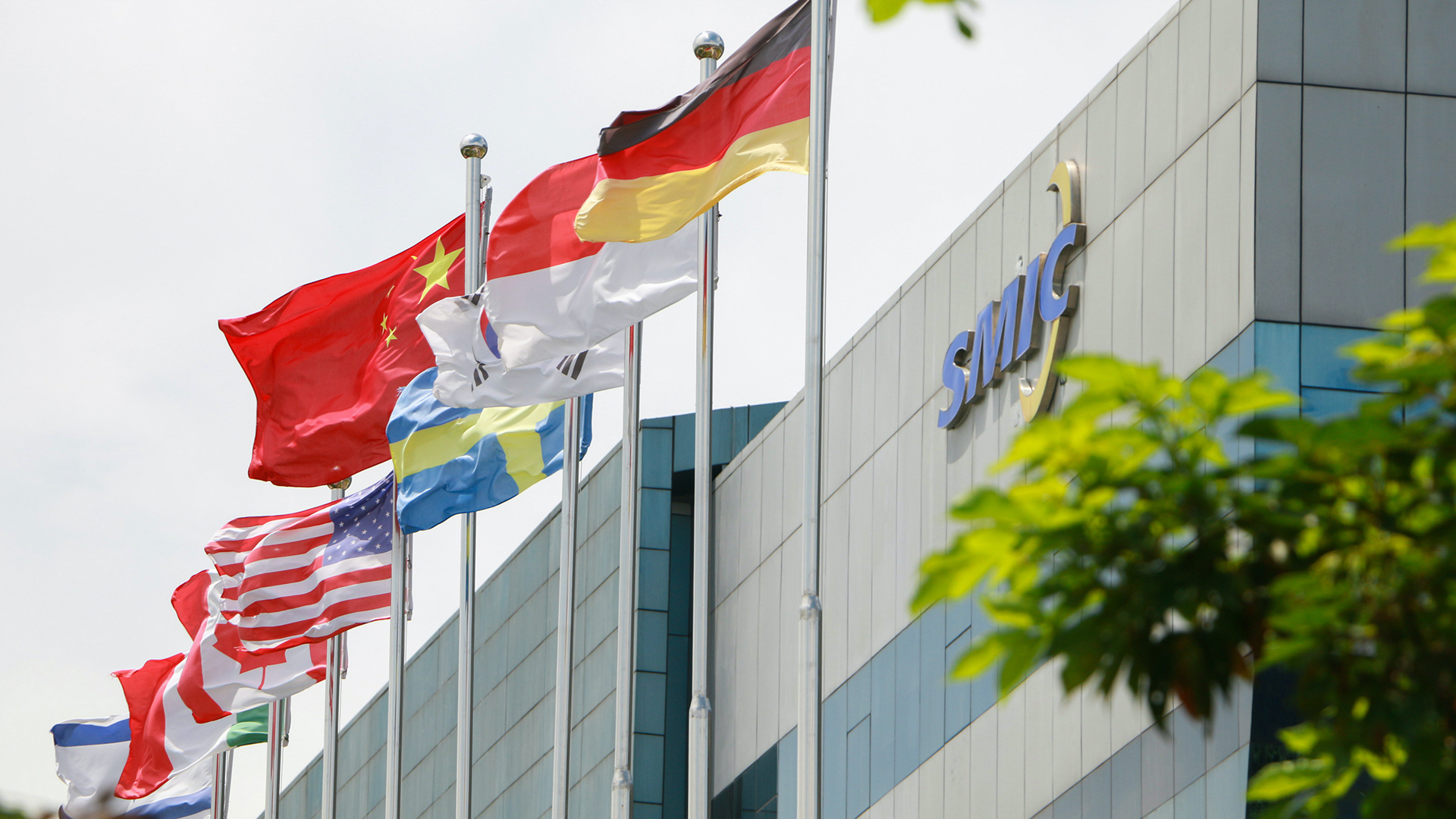China's chip exports are booming but may be nearing overcapacity, stoking fears of chip glut — SMIC revenues rise as profits fall
China's modest chip market growth is...less than promising.

China's semiconductor exports are growing, but today's success might not be the clear victory that state media makes it out to be. Industry analysts believe that China's chip sector may be reaching overcapacity and that supply will dwarf demand in the coming months. That could mean we see predictions of a price war and a chip glut spurred by China's overproduction of domestically produced mature node process nodes come to fruition.
DigiTimes Asia reports on the General Administration of Customs of China's recent reports on semiconductor imports and exports, highlighting growth in both segments. In May alone, China imported $30 billion worth of integrated circuits, adding to a total of 213 billion units imported since January 2024. These units are worth an estimated $148 billion, marking a 14.9% year-over-year increase in the country's chip imports.
On the inverse, China exported 25.3 billion integrated circuits worth $12 billion. With a total export value of $62 billion since January, China's semiconductor exports have grown 21.2% year-over-year. Beyond just chips, China's computer and computer component export value has increased 6.1% year-over-year in the same period.
Chinese state media heralds these import and export increases as a major win for the Chinese tech sector. This is especially true for SMIC, which is now the world's second-largest pure-play foundry. However, a closer look at SMIC reveals some concerns for China's chip future: SMIC's most recent earnings report reveals revenue growth but falling profits. This could be attributed to increased R&D costs as SMIC breaks into new technologies, but many non-Chinese media outlets identify the cause of the decline as overcapacity.
A look at China's neighboring countries sheds more context on China's chip market's economic standing. South Korean chip exports grew to $11.4 billion in May, marking a 54.5% year-over-year increase. The United States, China's largest chip trade rival, is also growing its chip capabilities and is expected to produce 30% of the world's leading-edge chips by 2032. China's market growth is more tame compared to these actual numbers and predictions, and a recent pivot by China to legacy chip production may contribute to the possible overcapacity.
China is finding itself unable to compete on leading-edge processes. Zhang Pingan, CEO of Huawei Cloud Computing, recently spoke to this concern, saying: "The reality is that we can't introduce advanced manufacturing equipment due to U.S. sanctions, and we need to find ways to effectively utilize the 7nm semiconductors." Chinese chip production has trended much older than 7nm — China's output of legacy chips grew 40% in Q1 2024. China's money is being made off of the chips it can safely produce, but there are valid concerns that this focus is causing overcapacity as the world's industries thirst for bleeding-edge tech.
Growing Chip War sanctions and tariffs from the US are threatening China's export game more and more. The Biden administration has announced a 50% tariff on Chinese semiconductors and is considering a 25% tariff on Chinese-made GPUs and motherboards, potentially seriously hurting brands such as Asus and MSI, and Chinese exports at large. If U.S. sanctions and tariffs continue to increase, Chinese manufacturing will find itself out of safe places like legacy chip production to run to — perhaps turning overcapacity fears into stark reality.
Get Tom's Hardware's best news and in-depth reviews, straight to your inbox.

Sunny Grimm is a contributing writer for Tom's Hardware. He has been building and breaking computers since 2017, serving as the resident youngster at Tom's. From APUs to RGB, Sunny has a handle on all the latest tech news.
-
Kondamin They could introduce consumer ssds larger than 8TB and sell out all produced nand in about an hourReply -
Pierce2623 Reply
SMIC doesn’t do nand. That YMTC. Besides, this is only talking about legacy chips and nand old enough to be “legacy” wouldn’t be dense enough for large SSDs above 8TB.Kondamin said:They could introduce consumer ssds larger than 8TB and sell out all produced nand in about an hour -
NinoPino Reply
Agree with you.thisisaname said:A chip oversupply, I'll believe that when it happens.
It is a nonsense to insinuate that might be an oversupply in the future, oversupply exist or not exist.
The article however talk of overcapacity, not oversupply, and to me this is positive for China and may lead to future lower prices for legacy chips. -
Kondamin Reply
Nand is 16nm the only thing new is the amount they have been stacking the layers.Pierce2623 said:SMIC doesn’t do nand. That YMTC. Besides, this is only talking about legacy chips and nand old enough to be “legacy” wouldn’t be dense enough for large SSDs above 8TB.
There is no problem just putting more legacy dies on a pcb -
wr3zzz First, it's oversupply and not overcapacity. Overcapacity in this context is a political slogan because US cannot pin dumping on China. Dumping is an unacceptable trade practice but oversupply is just natural business cycle. White House hijacked and twisted the term overcapacity to paint China evil because China is clearly not dumping. Most reputable news outlets are very careful when using the word overcapacity in this context to avoid being seen as pushing a propaganda, at least for the time being. Overcapacity used to be a good thing because when a company is running at overcapacity it means demand is so strong the company is producing beyond its designed capacity. A venue is overcapacity when there are too many patrons. It's very 1984-ish that overcapacity is being used as an accusation by state media and the irony is that it's US doing it.Reply
Second, there is no "near" oversupply. You are either in oversupply or not based on supply-demand balance. There is "soon to be oversupply" or "projected to be in oversupply". If revenue is growing but profit is falling then it's more about costs and competition but not necessarily not enough demand.
Are there no journalists left on this site? -
Pierce2623 Reply
Yes and 16nm in nand and DRAM is still considered a leading edge node. Legacy is like 60nm and older.Kondamin said:Nand is 16nm the only thing new is the amount they have been stacking the layers.
There is no problem just putting more legacy dies on a pcb